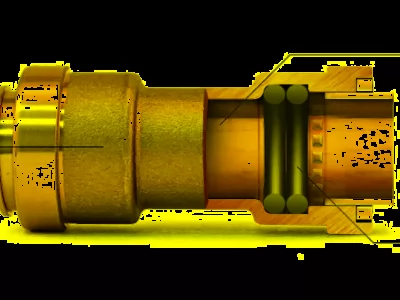Forklift operations are an integral part of many industrial workplaces, and are often necessary to help ensure productivity. However, while forklifts offer an efficient means of moving materials, they can also pose a risk of workplace injuries. To reduce the incidence of workplace accidents, many businesses have implemented safety barriers to protect workers and other personnel. This article will explore the role of safety barriers in reducing forklift accidents.
Understanding the Risk of Forklift Accidents:
Forklift accidents can cause serious injuries or death, so it is important to understand the potential risks associated with their operation. Forklift accidents account for more than 100 deaths and around 35,000 injuries. Many of these accidents are caused by operators failing to follow safety guidelines, such as driving too fast, failing to keep a proper lookout, or not using seatbelts.
Benefits of Implementing Safety Barriers:
Safety barriers can help to reduce the risk of forklift accidents by providing a physical barrier between the forklift and personnel. The barriers can help to prevent personnel from entering the forklift’s path, which could lead to a collision. It can help to ensure that forklifts are operated in designated areas and at the appropriate speed.
Types of Safety Barriers:
There are a variety of safety barriers available to protect personnel from forklift accidents. These can include permanent structures, such as walls and fences, as well as temporary structures, such as netting or even bright yellow lines. The type of barrier used will depend on the type of workplace and the risk of forklift accidents.
Proper Installation and Maintenance:
When installing Role of Safety Barriers in reducing forklift accidents, it is important to ensure that they are properly installed and maintained. This includes making sure that the barriers are securely mounted and that any gaps or openings are properly sealed. It is also important to ensure that the barriers are regularly inspected and maintained to ensure that they are in good condition.
Training Employees:
In addition to installing safety barriers, it is also important to ensure that employees are properly trained in using them. This can include providing training on how to identify and avoid potential hazards, as well as how to respond in the event of a collision.
Additional Safety Measures:
In addition to safety barriers, there are also other measures that businesses can take to reduce the risk of forklift accidents. This can include providing operators with proper training and protective equipment, such as seatbelts, and ensuring that all forklifts are maintained in good condition.
Enhancing Safety Programs:
Safety programs should be enhanced to ensure that all employees are aware of the importance of safety. This can include providing regular safety training and refresher courses, as well as introducing regular safety audits. This can help to ensure that all personnel are aware of the potential risks associated with forklift operations and are taking the necessary measures to reduce their risk of injury.
Conclusion:
However, it is important to ensure that the barriers are properly installed and maintained and that all personnel are properly trained in their use. By taking these steps, businesses can help to ensure a safe workplace for all personnel.











Comments